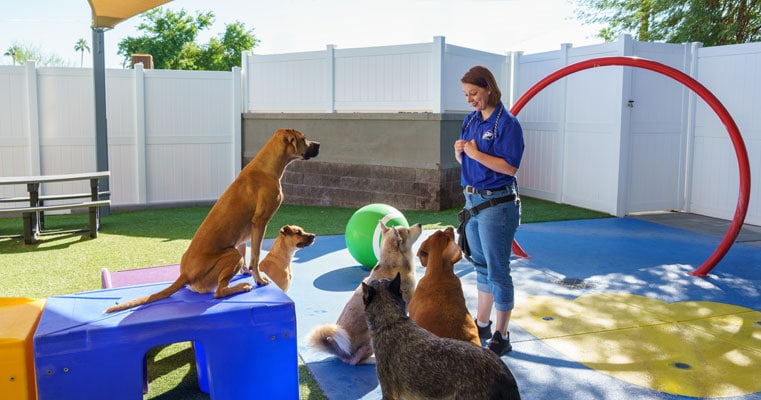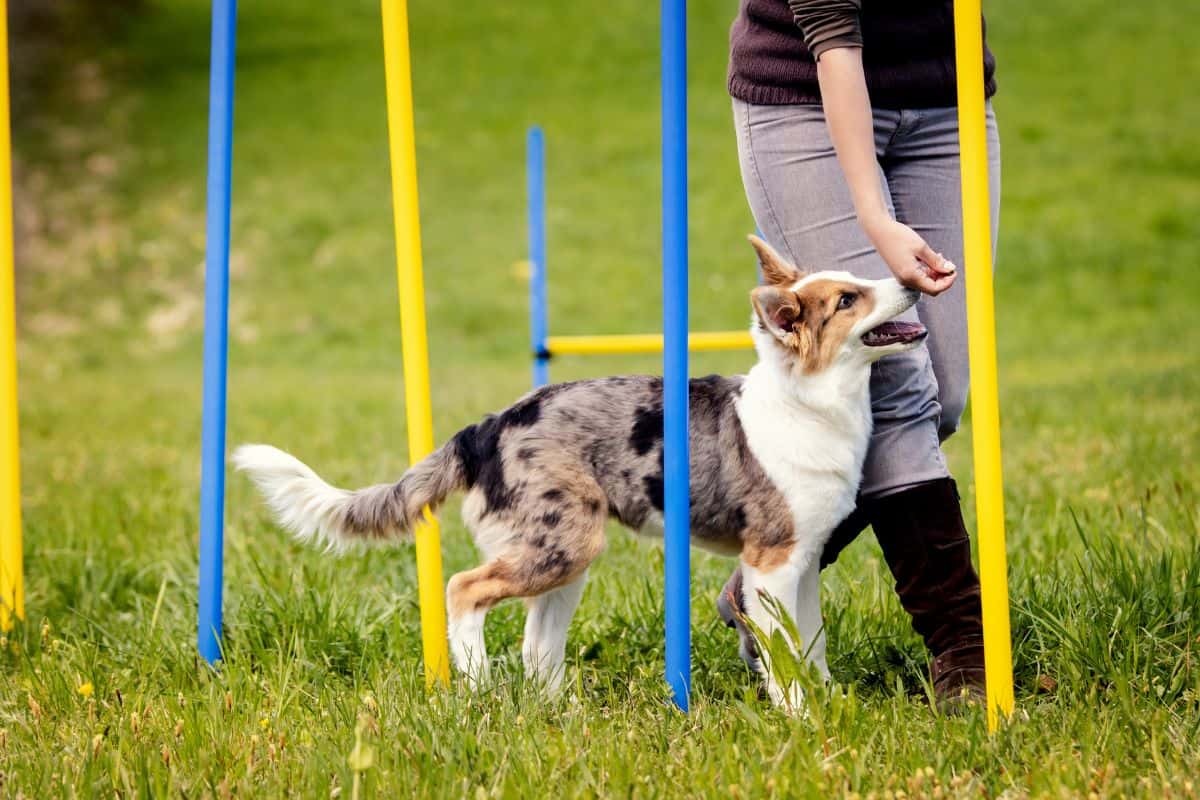Dog Training Techniques to Help Manage Aggressive Behavior in Dogs
Dog Training Techniques to Help Manage Aggressive Behavior in Dogs
Blog Article
Newbie's Overview to Effective Dog Training in the house
Efficiently training a dog in your home requires a nuanced understanding of canine habits and reliable communication approaches. Establishing clear training objectives, utilizing high-quality incentives, and keeping consistency throughout member of the family are essential elements. Integrating training right into everyday regimens can enhance both involvement and retention. However, numerous beginner instructors experience difficulties that may impede development. To navigate these complexities properly, it's important to explore numerous key aspects that can change your technique and result in an unified relationship with your pet dog. What fundamental principles should every newbie grasp to guarantee success?
Understanding Pet Dog Actions
Understanding canine actions is crucial for effective training and cultivating a harmonious partnership in between people and their canine friends. Pets interact largely through body language, articulations, and faces, making it critical for proprietors to translate these signals precisely. Acknowledging actions such as tail wagging, roaring, or cowering can provide understandings into a canine's emotion and purposes.

Usual behavioral concerns, such as aggression, stress and anxiety, or too much barking, commonly originate from misconceptions or unmet demands. Observing and attending to these concerns without delay can prevent rise and make certain a favorable training experience. By promoting a deep understanding of pet behavior, proprietors can tailor their training approaches to match their canine friends, inevitably causing a well-behaved and contented pet.
Important Training Tools
A well-equipped training area can dramatically improve the effectiveness of dog training in your home. Necessary training tools make sure that both the fitness instructor and the dog can involve in efficient sessions that foster discovering and bonding.

Spending in a sturdy leash and a comfy, well-fitting collar or harness is vital for safety and security and control. These devices assist develop borders and ensure the dog continues to be safe throughout training. Furthermore, an assigned training area, devoid of interruptions, aids focus for both the dog and the trainer.
Training help such as training pads, cones, or dexterity devices can additionally enhance the experience by introducing variety and obstacles. Having a notebook or digital app for tracking progression can be very useful, allowing you to keep in mind successes and locations for improvement. Using these vital tools will develop a positive training setting and lay the structure for effective discovering.
Producing a Training Routine
Establishing a consistent training routine is crucial for effective pet dog training at home. A well-structured routine not just aids see this here in enhancing desired habits but also supplies your pet with a sense of security and predictability. To develop an efficient training routine, start by recognizing details training goals, such as basic commands, chain walking, or housebreaking.
Pick a marked time each day for training sessions, preferably when your canine is responsive and alert. Sessions needs to be short, about 5 to 15 mins, to preserve emphasis and protect against tiredness. Uniformity in timing and environment will boost your canine's learning experience.
Include training into daily tasks to strengthen skills. For instance, practice commands throughout walks or nourishment, which incorporates finding out into natural regimens. In addition, remain flexible and readjust the routine as essential, suiting your dog's power levels and state of mind.
Favorable Reinforcement Methods
Positive support techniques are fundamental to reliable pet dog training, promoting preferred behaviors through incentives instead of punishment. This method uses positive stimulations, such as treats, praise, or playtime, to urge pet dogs to repeat specific activities. The keystone of this strategy is timing; rewards must be given immediately complying with the wanted actions to create a clear organization.
When executing positive reinforcement, it is necessary to select rewards that are encouraging for your dog. High-value deals with, such as little items of hen or cheese, can be particularly efficient throughout training sessions. Furthermore, differing the rewards can maintain your canine's interest and interest.
Beginning with easy commands, like "rest" or "stay," and gradually progression to a lot more complicated jobs. Consistency is vital; make certain that all family members use the very same commands and reward systems to prevent confusion.
In addition, it is crucial to continue to be individual and prevent disappointment. Pet dogs, like humans, find out at their own pace. By fostering a helpful training environment with favorable support, you can enhance your canine's discovering experience while reinforcing the bond in between you and your hairy friend, laying the foundation for effective training end results.
Usual Educating Challenges
While training a pet in your home can be a rewarding experience, it usually includes a collection of common difficulties that can evaluate both patience and consistency. One common concern is disturbance. Pet dogs may come to be easily sidetracked by sounds, motions, and even fragrances in their environment, making it difficult to keep their focus during training sessions.
An additional obstacle is disparity in commands and reinforcement. If member of the family make use of different hints or benefits, it can puzzle the pet and prevent progress. Establishing a unified strategy is necessary for effective communication.
Furthermore, pets can experience aggravation or stress and anxiety, especially if they do not recognize what is anticipated of them. This can bring about undesirable behaviors, such as chewing or barking.
Ultimately, the timing of reinforcement is vital (Dog official website training). Delayed rewards can reduce the efficiency of positive reinforcement, as pet dogs may fall short to connect the habits with the incentive
Conquering these challenges requires commitment, clear interaction, and an organized training strategy. Recognizing and attending to these typical obstacles will lead the method for an extra successful and satisfying training experience in the house.
Verdict
In final thought, successful dog training at home demands a comprehensive understanding of canine behavior and effective interaction methods. By establishing clear training goals and using high-quality deals other with along with favorable support, the training procedure comes to be much more satisfying for both the dog and the instructor. Adaptability, perseverance, and uniformity are vital elements that assist in learning. Eventually, integrating training into day-to-day regimens improves the bond between pet and owner, making the experience both productive and delightful.
Developing a consistent training routine is vital for effective pet dog training at home.Favorable reinforcement strategies are essential to effective dog training, advertising wanted habits with rewards rather than punishment (Dog training). By fostering an encouraging training atmosphere with favorable support, you can improve your dog's understanding experience while enhancing the bond between you and your fuzzy companion, laying the foundation for successful training end results
In verdict, successful pet training at home necessitates a detailed understanding of canine habits and effective communication strategies. By developing clear training goals and using premium deals with together with favorable support, the training procedure becomes much more rewarding for both the canine and the fitness instructor.
Report this page